Wesak – Buddha's day
On 2025-04-08 17:15:48,Posted in: Buddha
What is Wesak?
Wesak, also known as Buddha Day, is one of the most important and sacred holidays in the Buddhist religion, which falls on a different date each year, depending on the full moon. This event celebrates three significant moments at once: the birth, enlightenment and death (parinirvana) of the Buddha. According to tradition, all three events fell on the day of the full moon in the sign of Taurus, so the date of Wesak is determined based on the lunar calendar.
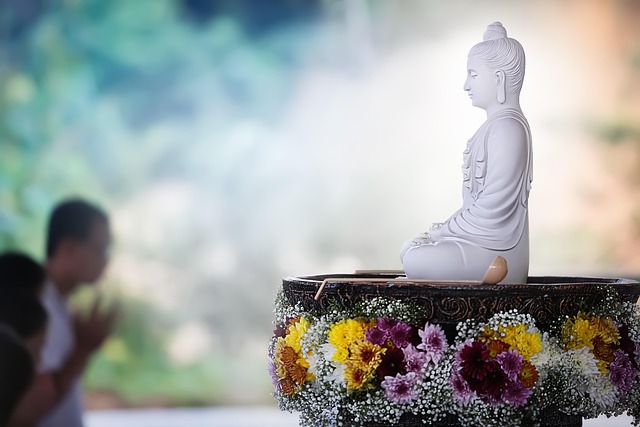
In 2025, the Wesak holiday falls on May 12, when Buddhists living in different parts of the world pay homage to the teachings of the Buddha with temple visits, meditation and light ceremonies. This day is not only spiritually significant, but also extremely energetically powerful – many believe that the veil between the spiritual world and the human world thins on this day.
The spiritual significance of Wesak extends beyond Buddhism: many people around the world use this period for inner purification, meditation, self-knowledge, or even the manifestation of abundance and love.
Origin and significance of Wesak
The celebration of Wesak carries the deepest spiritual teachings of Buddhism. For followers of both Theravada and Mahayana Buddhism, this day embodies a holy trinity that includes:
• The birth of the Buddha: Born as Prince Siddhartha Gautama in Lumbini, Nepal, he was especially sensitive to the suffering of life from childhood.
• His enlightenment: At the age of 35, he achieved enlightenment under the Bodhi tree in Bodhgaya, recognizing the Four Noble Truths and the Eightfold Path that leads to the cessation of suffering.
• His Parinirvana: He passed away at the age of 80, achieving ultimate liberation from samsara – the endless cycle of death and rebirth.
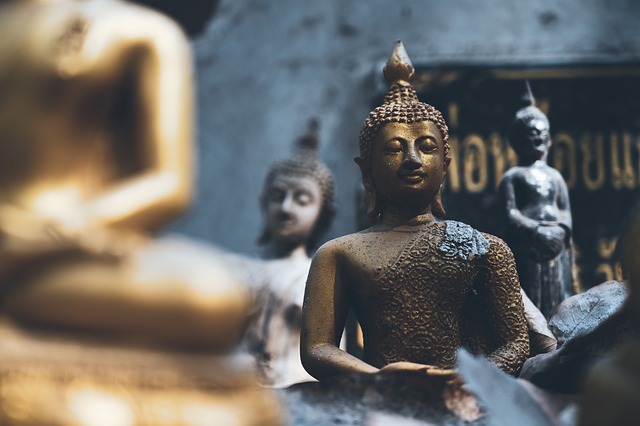
This triple event is not just a historical commemoration, but also carries deep symbolism. Wesak is a day of inner transformation and spiritual victory – when the human soul can overcome illusion (maya) and come closer to enlightenment. The fact that these three events fall at the same time is not a coincidence, but rather refers to the sacred order of the cosmos, which is particularly favorable for meditation, introspection and spiritual practices.
Buddhists believe that during Wesak, the energy and blessings of the Buddha become available to all beings again – regardless of religious affiliation. Therefore, many spiritual seekers around the world join the celebration with various rituals, prayers, light ceremonies and silent meditation.
How is Wesak celebrated around the world?
Wesak celebrations vary from country to country, but they all share the importance of respect, meditation, and communal rituals:
1. Temple Visits – Deepening Spiritual Connection
On the morning of Wesak, devotees visit Buddhist temples, purified and dressed in white. The purpose of the visit is not only to pay homage to the Buddha, but also to experience the power of community and to tune in to inner peace. Devotees bring flowers, candles, incense, and symbolic gifts with them and place them in front of the Buddha statue. This ritual is an expression of passing away, humility, and the desire for enlightenment.
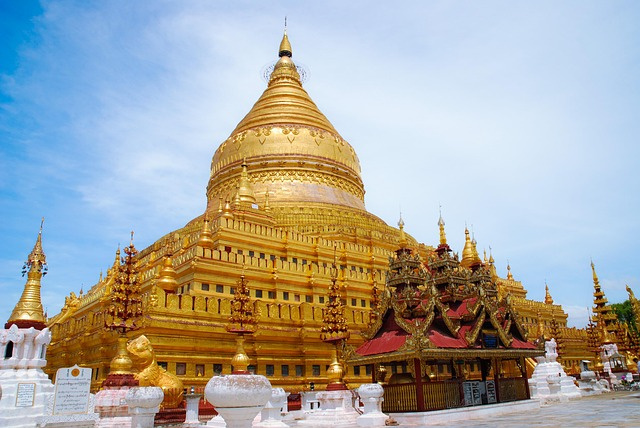
2. Food Offerings – The Power of Giving
One of the noblest traditions of Wesak is the donation of food, which reflects the Buddhist principles of karuna (compassion) and dana (selfless giving). Believers prepare vegetarian meals at home and offer them to monks, temple communities, or even those in need. This act helps purify karma and supports collective merit-making for the benefit of the community.

3. Candle and Lantern Ceremonies – Overcoming Ignorance
One of the most spectacular parts of the holiday is the evening light ceremony, where lanterns are released into water or lit around temples around the world. In Thailand and Sri Lanka, floating lights are particularly popular, while in Japan and China, paper lanterns are used to commemorate the Buddha’s teachings. Light symbolizes the dispelling of the darkness of ignorance and the awakening of awareness and wisdom.
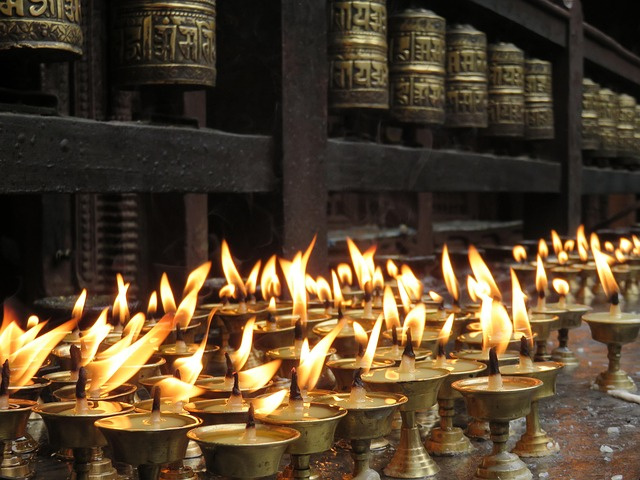
4. Meditation Programs – Inner Silence and Enlightenment
Many choose Wesak Day for retreats, whether it’s a full-day Vipassana meditation, mantra chanting or attending teachings. The focus is on inner silence, introspection and a deeper understanding of Buddhist teachings. The power of collective meditations on this day is considered particularly powerful and many believe it also provides an opportunity for individual spiritual breakthroughs.
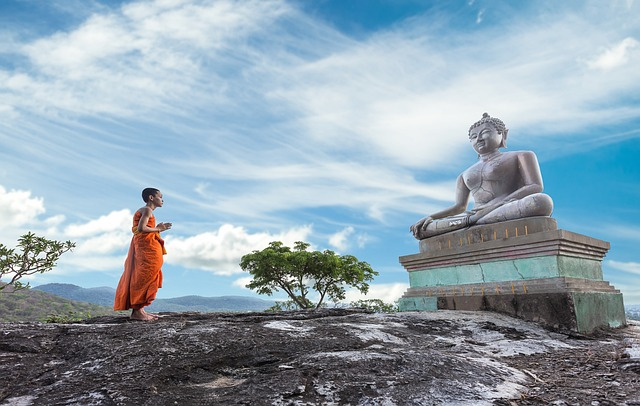
Spiritual meaning: what can we learn on Wesak Day?
Wesak Day goes far beyond the Buddhist religious framework – this period offers a universal spiritual awakening for everyone who wants to live consciously, develop and heal.
This special full moon day is a time of inner enlightenment and deep transformation of the soul. According to spiritual teachings, during Wesak, the Earth’s energy field operates in heightened vibrations. This opens a cosmic gateway through which great
We can gain access to:
• our inner wisdom
• our higher self
• divine consciousness
Many believe that the veil between the physical and spiritual worlds thins, so manifestations, prayers, meditations and energetic cleansings are especially effective at this time.
What can we learn on this day?
• The art of letting go: Letting go of past hurts and limiting belief systems.
• Deepening self-knowledge: Connecting with our true selves through inner silence.
• Practicing compassion: Accepting and loving others unconditionally.
• Increasing awareness: Recognizing the value of the present moment.
Wesak reminds us that enlightenment is not an unattainable state – but an inner journey that we are all capable of.
Wesak at home – How can you celebrate spiritually in your own space?
You don’t have to be a Buddhist to connect deeply with the spiritual energies of Wesak Day. This time offers all open-hearted people an opportunity for inner stillness, self-reflection, and connection with the power of light. With the following ideas, you can celebrate this special day at home in a dignified way.
1. Create a Wesak Altar – Creating a Sacred Space
A spiritual home altar helps create a focused, peaceful atmosphere. Choose a small table or shelf where you can place:
• a Buddha statue or picture, as a symbol of enlightenment
• fresh flowers, as a symbol of transience and beauty
• a white or gold candle, representing pure awareness
• a bowl of water, which carries inner purity and calm
This small sanctuary can be an ideal place for meditation or contemplation during the day.
2. Do a loving-kindness meditation for world peace
A metta (loving-kindness) meditation during Wesak is particularly powerful. Close your eyes and imagine a light radiating from your heart—first toward yourself, then toward your loved ones, and finally toward all of humanity. This practice helps you:
• release anger and resentment
• increase compassion
• tune into universal love

3. Write a wish or manifest list
Wesak is a time to affirm your creative intentions. Spiritual teachings say that the energy field is much stronger at this time, so:
• write down some spiritual goals
• state what you want to let go of
• or write down what quality of life you want to manifest
Keep the list on your altar and read it before or during your meditation.
4. Light a Wesak candle – light on your inner path
Use a white or gold candle that evokes the light and wisdom of the Buddha. Lighting a candle can be:
• a ritual to start the day
• or part of an evening ceremony where you connect with the light in silence or prayer
The flame helps you concentrate, clears your energy field, and symbolizes stepping out of the darkness.
5. Try a light fast or cleanse
Cleansing your body is also closely related to spiritual cleansing. This can be:
• a one-day fast or
• a plant-based diet
• more water, fresh air, and more conscious breathing
This practice helps you calm down and focus your mind so you can better feel the energies of Wesak.
Wesak on a Community Level – A Celebration of Spiritual Unity
Many communities around the world celebrate Wesak with peace marches, public meditations, and charitable events. The emphasis is on participation, compassion, and selflessness – a time when we connect more deeply not only with ourselves, but also with others.
If you can’t attend an event, you can also join live meditations online or organize your own small group candlelight ceremony.
Summary: What does Wesak mean to you?
Wesak is a celebration of self-transcendence, awareness, and compassion. No matter what your spiritual path, this day is an opportunity to connect more deeply with your inner self.
Remember: enlightenment is not a distant goal – you can choose to live more consciously every day.